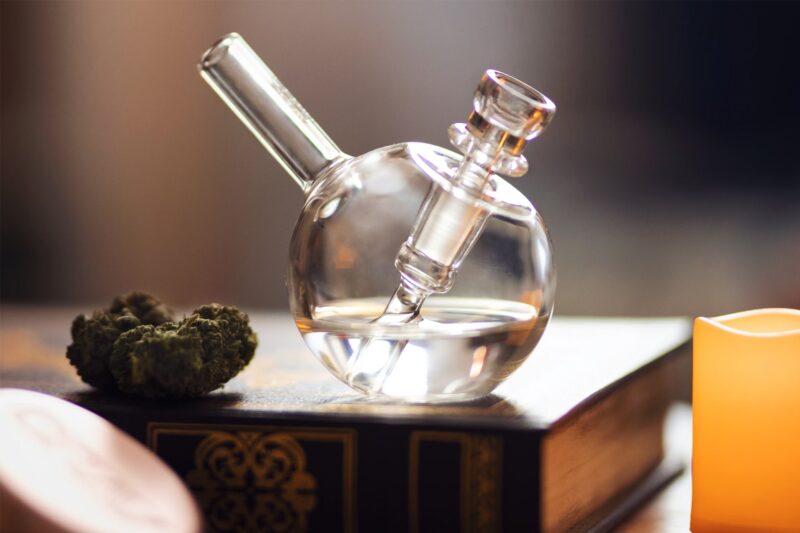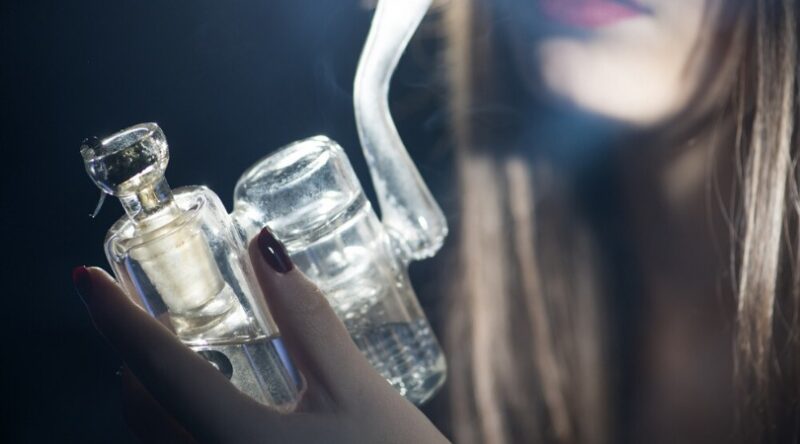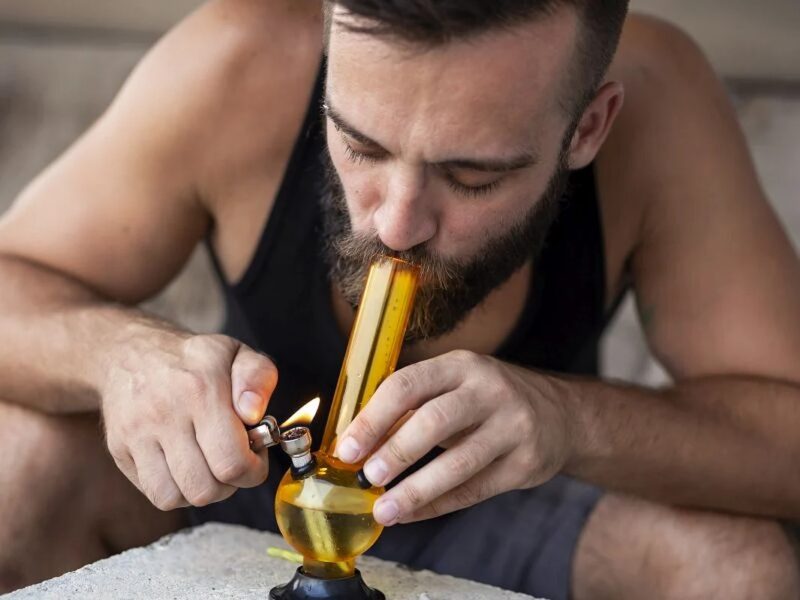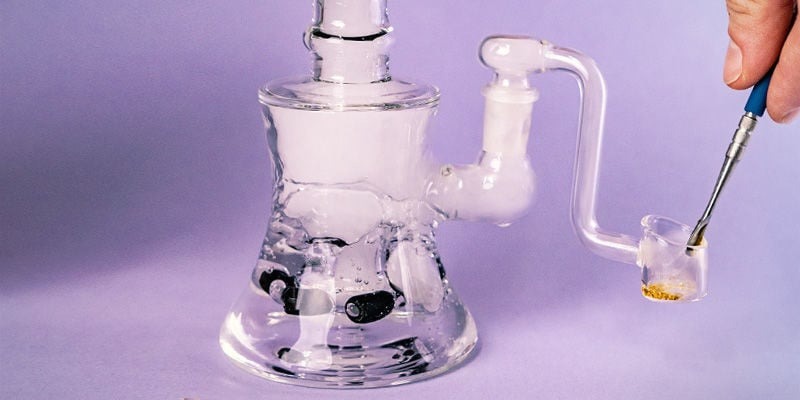Filtration isn’t just a buzzword in the smoking community—it’s a central factor that determines the quality, temperature, and smoothness of each inhale.
Whether someone is a seasoned user or just starting out, understanding how smoke filtration works can significantly improve the entire smoking experience.
While most people focus on the type of flower or concentrate they’re using, the filtration system in the smoking device often gets overlooked.
That’s a mistake. Because filtration does far more than cool the smoke—it removes impurities, enhances flavor, and can even affect potency.
This article takes a closer look at how filtration shapes smoke quality and what experts say about optimizing the setup.
Key Highlights
- Filtration affects both the smoothness and flavor of smoke.
- Water-based filters reduce harshness but may also remove some active compounds.
- Diffusers and percolators break up smoke for better surface contact.
- The shape and material of the device matter just as much as the water level.
- Even budget-friendly options can deliver solid filtration when used correctly.
Why Filtration Matters More Than People Think

The primary role of filtration in a bong or bubbler is to cool the smoke and remove certain particles before it reaches the lungs.
This results in smoother inhales and less irritation—especially for people with sensitive throats or lungs.
However, filtration also changes the chemical profile of what’s being inhaled. Smoke is full of combustion byproducts like ash, tar, and particulates.
A good filtration system helps trap many of these, which not only improves comfort but may reduce long-term exposure to harmful elements.
It’s also about control. Filtration gives smokers a way to fine-tune their session—making it lighter, heavier, more flavorful, or less harsh depending on the water level, type of filter, and speed of draw.
What Role Do Percolators and Chambers Play?
Not all bongs are created equal—and a large part of the difference comes from the type of filtration system built into them. Devices with added percolators or multi-chamber designs offer noticeably cleaner smoke due to more efficient processing.
This is where affordability meets performance. Many modern cheap bongs now come with basic diffusers or even single-tree percs, offering newcomers a smoother experience without investing hundreds of dollars. The misconception that “cheap” means “low quality” no longer holds up, especially as manufacturers become more competitive in the under-$50 market.
Whether it’s a honeycomb perc, inline diffuser, or showerhead design, the purpose is the same: break up the smoke into finer bubbles. More bubbles mean greater surface area, which allows more contact with water—resulting in cooler, smoother, and often tastier hits.
Different Filtration Types

There isn’t a one-size-fits-all approach to smoke filtration. Depending on preferences, people may prioritize cooling, flavor preservation, or maximum filtration. Here’s how the main types stack up:
| Filtration Method | Function | Best For |
| Basic Water Chamber | Cools and filters smoke with one pass | Everyday users who want smooth, fast hits |
| Percolators (e.g. Tree, Honeycomb) | Further diffuses smoke into micro-bubbles | Those wanting extra smoothness and cooler draws |
| Ash Catchers | Pre-filters ash before it hits the bong | Users who care about cleanliness and lung comfort |
| Ice Catchers | Holds ice for extra cooling | People sensitive to throat harshness |
| Multi-Chamber Bongs | Multiple filtration stages | Enthusiasts prioritizing ultra-clean hits |
Each addition changes the experience. For instance, while ice catchers don’t filter toxins, they significantly lower smoke temperature, making larger rips more comfortable. Meanwhile, ash catchers keep your bong cleaner while also reducing the amount of debris pulled into the main chamber.
Does Too Much Filtration Affect Potency?
One of the more debated questions in the community is whether extensive filtration removes active cannabinoids like THC. Studies suggest that while water can filter out trace amounts of compounds, the loss is minimal with standard use. The greater trade-off lies in terpenes—aromatic compounds responsible for flavor and aroma—which are more water-soluble and thus more affected.
So yes, while there’s a slight trade-off in flavor and possibly minor cannabinoid loss, the improved smoothness often outweighs it. Especially for those with lower tolerance or respiratory sensitivity, it’s a worthwhile compromise.
Still, for those concerned about preserving every last note of a strain’s flavor profile, a single percolator or straight-tube bong with an ash catcher may be the better option over heavily diffused setups.
How Filtration Affects Cleaning and Maintenance

Better filtration can mean a cleaner hit—but it doesn’t always mean a cleaner bong.
Devices with complex percs or multi-chamber designs tend to trap more residue inside. While this improves the smoke, it also means more frequent and detailed cleaning.
Resin buildup can clog tiny slits and holes in percs over time, affecting draw resistance and flavor.
To maintain optimal performance:
- Rinse the piece with hot water after each session.
- Deep clean with isopropyl alcohol and coarse salt weekly.
- Use pipe cleaners or narrow brushes for tight percolator areas.
Those who prefer low-maintenance options may want to stick with simpler setups like single-chamber straight tubes or bubblers with minimal diffusion.
Choosing the Right Bong Based on Filtration Needs
When picking a bong or bubbler, filtration should guide the decision just as much as size or style. Some users may prefer heavy-duty rigs with multiple filtration points, while others value simplicity and easy airflow.
Factors to consider:
- Personal tolerance: Beginners often benefit from more cooling.
- Type of material used: Dry herb tends to need more filtration than concentrates.
- Cleaning habits: More percs = more cleaning.
- Portability needs: Smaller bubblers offer mild filtration without bulk.
- Budget: Even affordable models can include diffusers or ice pinches.
A good rule of thumb is to start with a simple setup that includes at least one filtration feature (such as a downstem diffuser or ice catcher) and then add attachments like ash catchers or perc extensions as preferences evolve.
Final Thoughts: Filtration Defines the Experience

In the end, smoke quality depends on more than just the product you use—it’s about how that smoke is handled before it reaches your lungs.
Filtration is the middleman, transforming raw combustion into a controlled and refined experience. And while some trade-offs exist—like cleaning effort or slight terpene loss—the benefits of smoother, cooler, and less irritating smoke far outweigh them for most people.
By understanding the mechanics of different filtration types and choosing the right setup for their preferences, smokers can elevate their sessions from average to enjoyable, every single time.
Whether using a budget piece or a high-end multi-chamber rig, what matters most is making each inhale count.


